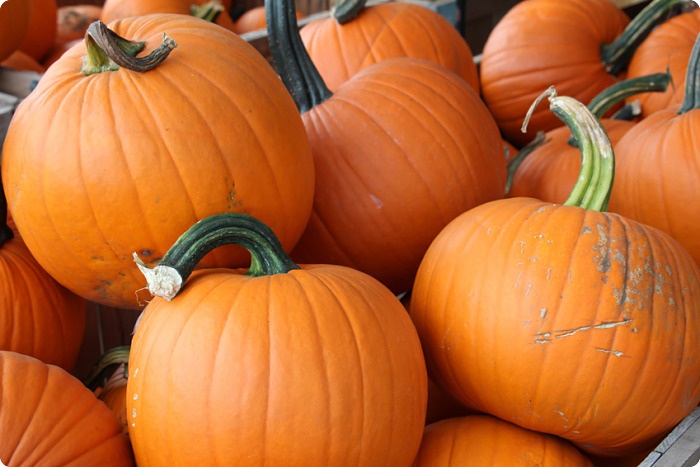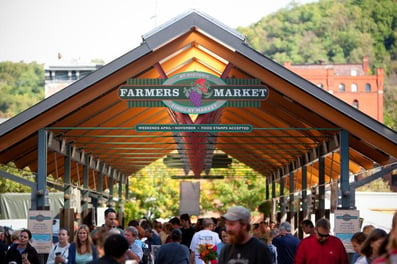
As children, few of us liked to eat our vegetables, but being grown up doesn't mean we can wiggle out of the obligation. It’s still important that you eat a variety of fruits and vegetables, as they provide essential vitamins, minerals and fiber that are harder to obtain from processed foods.
If you’re a senior living in Cincinnati, you’re probably used to having plenty of access to local produce in the summer months. There are plenty of farmer’s markets and roadside fruit and vegetable stands in the area — especially in the Ohio, Kentucky and Indiana countryside. But what about fall, when the weather turns cooler?
You’re in luck. Autumn is harvest season!
As we move into the fall and winter months, many vegetables that are cheap and plentiful in the summer go out of season. Even though fresh-picked green, leafy vegetables, berries, peppers and tomatoes are becoming harder to find right now, squash, pumpkin, apples, and corn are plentiful.
Let’s take a look at some of the ways seniors in Cincinnati can keep getting the nutrition they need with local produce — all through the autumn and into the winter!
Shop to the season
We all have a certain food comfort zone; we eat what we know. But by stretching our comfort zones just a bit and buying strictly vegetables that are in season, we can save money and still obtain the nutrition we need.
Browse through Findlay Market on a Saturday to see what locally grown autumn produce is available.
Do a little research. Even in the cold months, some agricultural production continues in temperate zones like the Ohio Valley. You just have to know what’s growing and what’s harvested, when.
Find out what nutrients your favorite summer vegetables provide, then find winter sources
As a case study, let's look at our friend the tomato. It is an excellent source of Vitamins A and C. What are our winter alternatives?
Vitamin A, an important nutrient for good vision, is readily available in many orange-colored plants. In October and November, one in-season source should be a no-brainer: the pumpkin!
Many people overlook pumpkin as a dietary staple — they forget that it’s not just something grown for decoration or incorporation into a pie. It’s a member of the squash family, and its orange flesh is excellent stewed, salted and lightly buttered. Just 3 1/2 ounces of cooked pumpkin will provide you with about half your daily recommended intake of Vitamin A!
 Vitamin C is pretty easy to obtain in fall and winter, too. Many vegetables that provide it keep for reasonably long periods of time. Broccoli, Brussels sprouts and potatoes are grown right up to the first frost and all will store longer in your refrigerator than the average berry.
Vitamin C is pretty easy to obtain in fall and winter, too. Many vegetables that provide it keep for reasonably long periods of time. Broccoli, Brussels sprouts and potatoes are grown right up to the first frost and all will store longer in your refrigerator than the average berry.
On that point, there are autumn berry sources, too: blueberries and cranberries! These are both harvested in the late summer/early fall. A couple of handfuls will easily satisfy your wellness needs.
And even though they’re not locally sourced, Florida oranges, grapefruit, lemons and limes are continually in season, keep well when shipped and, being plentiful, are reasonably cheap sources of Vitamin C.
Healthy senior living calls for kitchen creativity!
Other Tristate crops with relatively late harvest times and /or longish shelf-lives include:
- Apples
- Carrots
- Cauliflower
- Mushrooms (many are grown indoors)
- Onions
- Parsnips
- Squash (winter varieties)
- Sweet potatoes
- Turnips
- Walnuts
Browse through Findlay Market on a Saturday to see what locally grown autumn produce is available. Ask the produce manager at your local grocer what’s in season this month, then search on Google or thumb through your cookbook index to find corresponding recipes.
And you could blend your foraging with fun. You might try hosting a fall harvest-themed potluck dinner for friends and family. Ask each person to bring a dish centered on a seasonal vegetable. You'll make lasting good memories, even as you fortify your senior diet!












